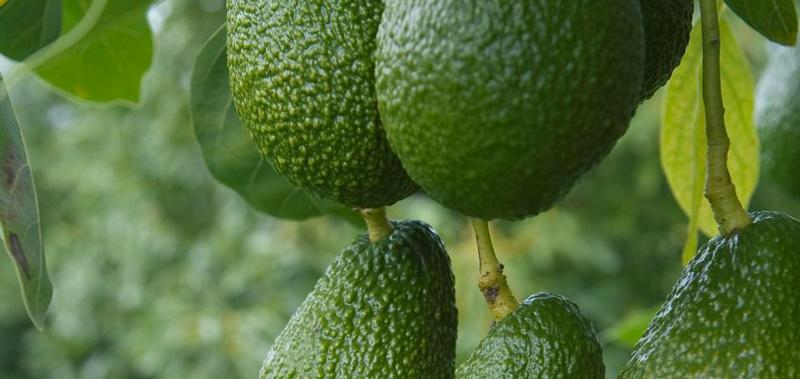Horticulture has experienced a spectacular 40% growth in export earnings since 2014, according to a new report, with tariffs on exported produce down by 22% since 2012.
The New Zealand Horticulture Export Authority (HEA) and Horticulture New Zealand commission the report New Zealand Horticulture – Barriers to Our Export Trade every two years, with funding support from the Ministry of Foreign Affairs and Trade and NZ Fruitgrowers Charitable Trust.
The report, launched at an event in Wellington, says horticultural produce exporters paid an estimated $190 million in tariffs, a reduction of 22% on 2012’s figure of $241 million.
About 60% of New Zealand’s total horticultural production of fruit and vegetables is exported, valued at just over $3.4 billion.
The report, prepared by Wellington-based company Market Access Solutionz, is used extensively by industry and government agencies as a reference point for negotiators to improve market access and helping exporters to develop new market opportunities.
“The nine free-trade agreements [China, Australia, AANZFTA, Hong Kong, Malaysia, Singapore, Thailand, P4, and Korea] now in effect are delivering benefits as overall trade value increases while the relative tariff cost falls,” Horticulture Export Authority chief executive Simon Hegarty says.
“This report confirms the real value benefits from our trade agreements, and our need to sustain efforts developing new agreements to maintain our international competitiveness.”
There remains a notable trend for many importing countries to apply non-tariff trade measures (NTMs), such as sanitary and phytosanitary issues, and other technical compliance requirements. A NZIER discussion paper on APEC wide NTMs, released on 28 November, also highlights this aspect.
However, the specific New Zealand Horticulture report addresses both tariff and non-tariff measures, and relies on current 2016 trade data to update earlier reports dating back to 2004.
Horticulture New Zealand chief executive Mike Chapman, says that reducing the NTMs’ impact is key to maintaining horticulture’s growth targets.
“New Zealand’s wealth is driven by our exports, and anything the Government can do to improve our ability to export adds to our country’s wealth,” says Chapman.
“It is important that exporters and Government jointly recognise the risks posed by non-tariff barriers, and take appropriate steps to maintain horticulture’s goal of being a $10 billion industry by 2020.”




